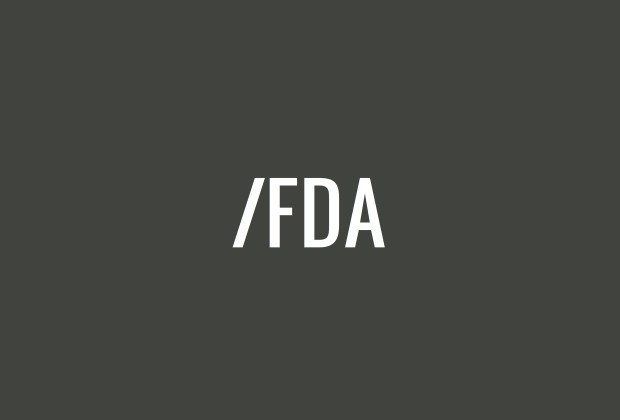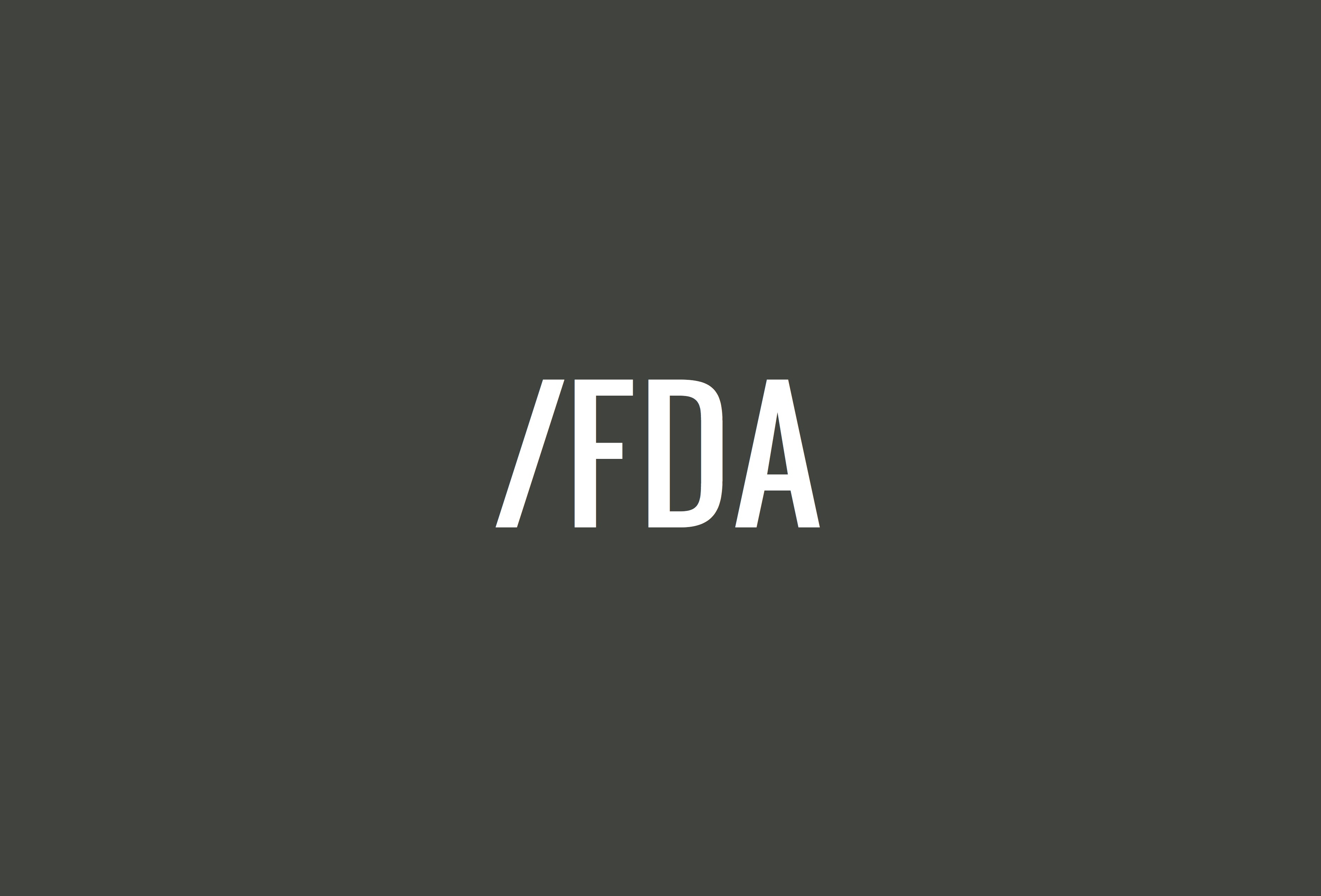Earlier this morning, the two sides of a cigar industry lawsuit against the U.S. Food & Drug Administration (FDA) met once again, this time in the virtual courtroom for the U.S. Court of Appeals for the District of Columbia.
It’s the latest in the nearly five-year-old legal fight waged by three cigar industry trade groups against FDA. At stake this time was whether the agency acted in a manner that was arbitrary and capricious when enacting the substantial equivalence process—and grandfathering—for cigars and pipes. Today’s hearing touched on the substantial equivalence process, cost-benefit analysis, user fees, pipes and the definitions of various words including “shall,” “component,” and “part.”
Because this is an appeals court hearing, it means there are three judges instead of one; and the judges are asking questions about specific arguments made in briefs are filed to the court. This means the hearing focuses on allowing the judges to scrutinize arguments being made by specific attorneys.
As such, less than 30 seconds into his opening statement, Michael Edney—the main attorney for the cigar industry—was cut off by Judge Justin R. Walker, who wanted to talk about minutia regarding the substantial equivalence. For the cigar industry, substantial equivalence is the heart of the lawsuit, but today’s hearing is uniquely complicated within the larger discussions of substantial equivalence, a form of product approval.
Due to an August 2020 ruling from a separate court, the substantial equivalence deadline for “premium cigars” is currently not being enforced, meaning that most cigars found in humidors are currently not subject to those rules. Those cigars that aren’t considered premium—i.e. machine-made cigars and flavored cigars—were subject to a September 2020 deadline to file for substantial equivalence. However, because the court ruling was made in August, some companies for “premium cigars” have already applied and were granted substantial equivalence.
While the question of “premium cigars” was not brought up today, it does make what’s going on a lot more complicated. Specifically, the two sides—Edney and the government—proposed different numbers about how many cigar applications had already been approved, ranging from 58-100 out of a claimed 3,137 total cigar applications, a number that is likely to increase in multiples if “premium cigars” are subject to the rule.
Edney argued that FDA acted arbitrarily and capriciously when it decided to change a previously proposed and used part of the substantial equivalence process where products could stay on the market indefinitely while FDA evaluated the product’s application, something that existed when cigarettes became subject to similar rules. For the final 2016 rule, FDA opted to only allow those products to stay on the market for one year, even if FDA fails to rule on the application. Meaning, some products could be barred from sale if FDA doesn’t review the application by Sept. 9, 2021.
This seems likely to happen—Edney argued it was going to happen—given a February 2021 memo from FDA that stated the agency was unlikely to have reviewed all applications by Sept. 9, 2021:
However, given the unprecedented number of applications and other factors discussed above, the likelihood of FDA reviewing all the applications by Sept. 9, 2021 is low. We will continue to allocate our resources with the goal of working as quickly as possible to transition the current marketplace for deemed products to one in which all products available for sale have undergone a careful, science-based review by FDA. We will focus resources on products where scientific review will have the greatest public health impact, based on their market share, while also committing to providing an opportunity for review to all companies regardless of size, prior to Sept. 9, 2021, at which time they risk FDA enforcement per FDA’s guidance.
The judges asked whether FDA could just push the deadline, something it has done multiple times before. Edney argued that because FDA lost a case in a federal court in Maryland over whether it could delay the regulations that it will be prevented from doing so.
There were also discussions about whether the agency should be required to produced finalized guidelines for various parts of the substantial equivalence requirements prior to the deadline for applications, something the agency indicated it was likely to do, but ultimately filled to prior to September 2020. In its response, FDA has stated that its current guidelines are sufficient enough to produce a substantial equivalence report.
Similarly, the court asked questions regarding whether the agency correctly performed a cost-benefit analysis for the substantial equivalence process for cigars and pipes.
The Department of Justice, which represents FDA in matters like this, consistently has argued that FDA is not required to do this specific analysis because it believes that cost-benefit analysis is not subject to judicial review. It also argued that even if was subject to judicial review, it met its obligations by performing a cost-benefit analysis that looked at what the break-even point would be for the rule, specifically, how much would current smokers be willing to pay in order to justify to the rule. Its argument that if every current smoker was willing to pay $2—the number FDA estimated—in order to carry out the regulations, then the regulations are worth it.
Judge Walker asked whether the agency could justify the regulations if no one quit smoking, or if one person quit smoking. This led to a series of hypotheticals, which the Department of Justice answered, though also indicated it was impossible for FDA to quantify how many people would quit smoking and/or how many people would choose not to smoke because of the deeming rules.
Edney characterized the decision to not predict how many would stop smoking not as an impossibility, but a choice. He reminded the court, that this particular court—albeit not these same judges—told FDA as much when it tried implementing graphical warnings on cigarette packagings. Ultimately, FDA lost the court case and appeal because it couldn’t prove a substantial number of people would stop or choose not to smoke because of the proposed warning labels.
The hearing addressed two other topics: whether pipes should be regulated and whether FDA needs to change its user fee structure.
Judges Walker and David S. Tatel spent a lot of time asking about pipes, where the debate is whether pipes should be treated as a “component or part” or an “accessory.” If pipes are deemed as the former, they are subject to regulations like premarket approval, meaning pipemakers would need to go through the same regulatory process as cigar companies and others, even if they don’t sell anything made out of tobacco. If they are treated as an “accessory,” then FDA says it won’t regulate them in the same manner.
FDA’s current position is that pipes are “components or pipes” and differ from something like a lighter. This led to numerous questions regarding things like whether pipe tobacco could be smoked without a pipe (it can), whether it matters that some online retailers put pipes in their own section and others list them under accessories, and ultimately one where Judge Tatel asked whether pipes sold on Etsy—a website Tatel admitted he didn’t know existed previously—would be subject to the same set of requirements as tobacco products.
The discussion over user fees seemed to be the government’s strongest part—or at the very least the cigar industry’s worst part—with Judge Judith W. Rogers having a lengthy back and forth with Edney over how to evaluate Congress’ directives regarding user fees. At stake—at least in part—is whether FDA should be required to make products like e-cigarettes, which are regulated by FDA but currently don’t pay user fees. FDA’s position has long been that it has no authority to decide this question and that Congress needs to pass legislation to do so.
You can listen to the hearing below:
http://www.youtube.com/watch?v=UfhmdjdgsY0&t=40m4s


